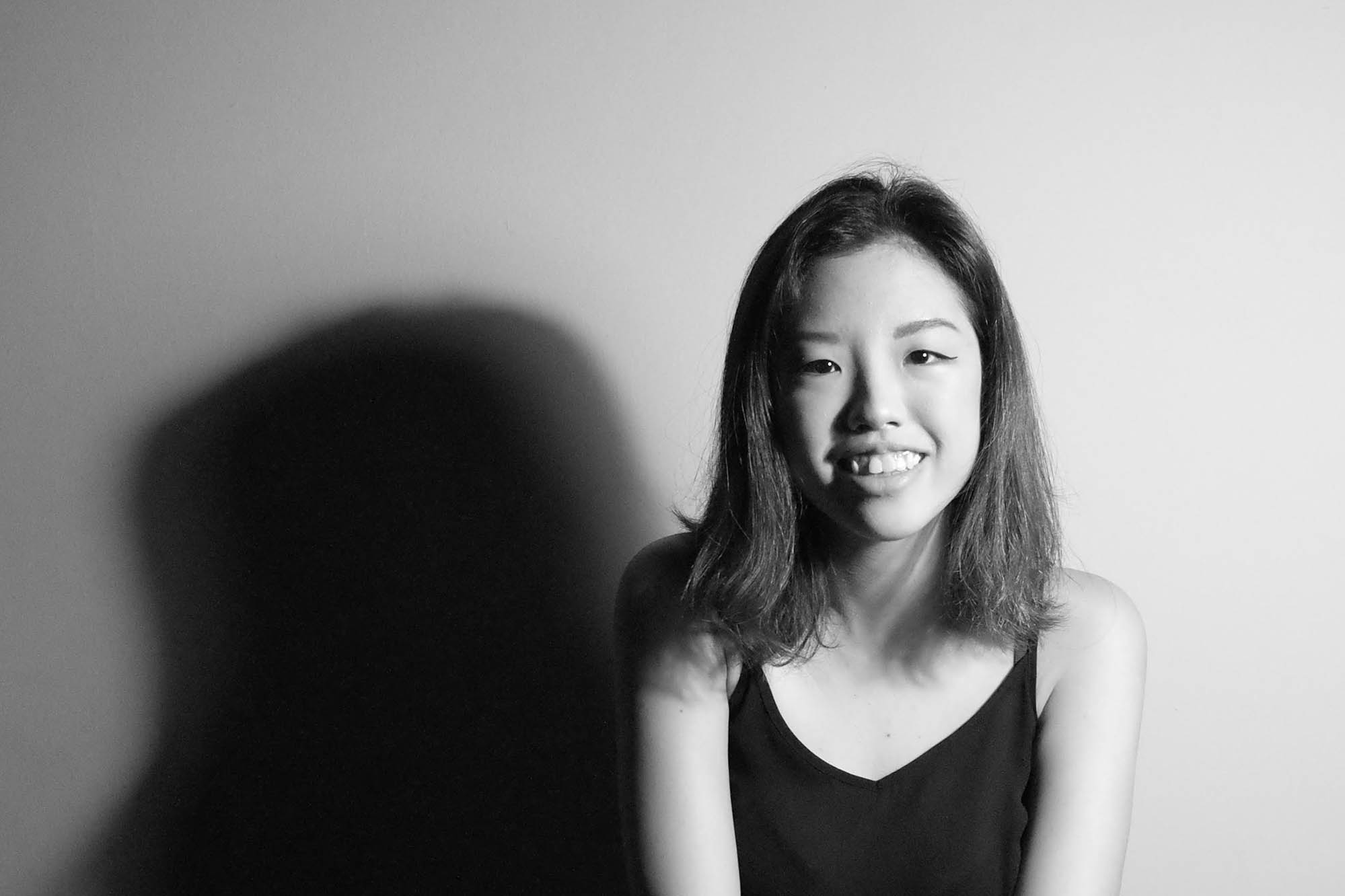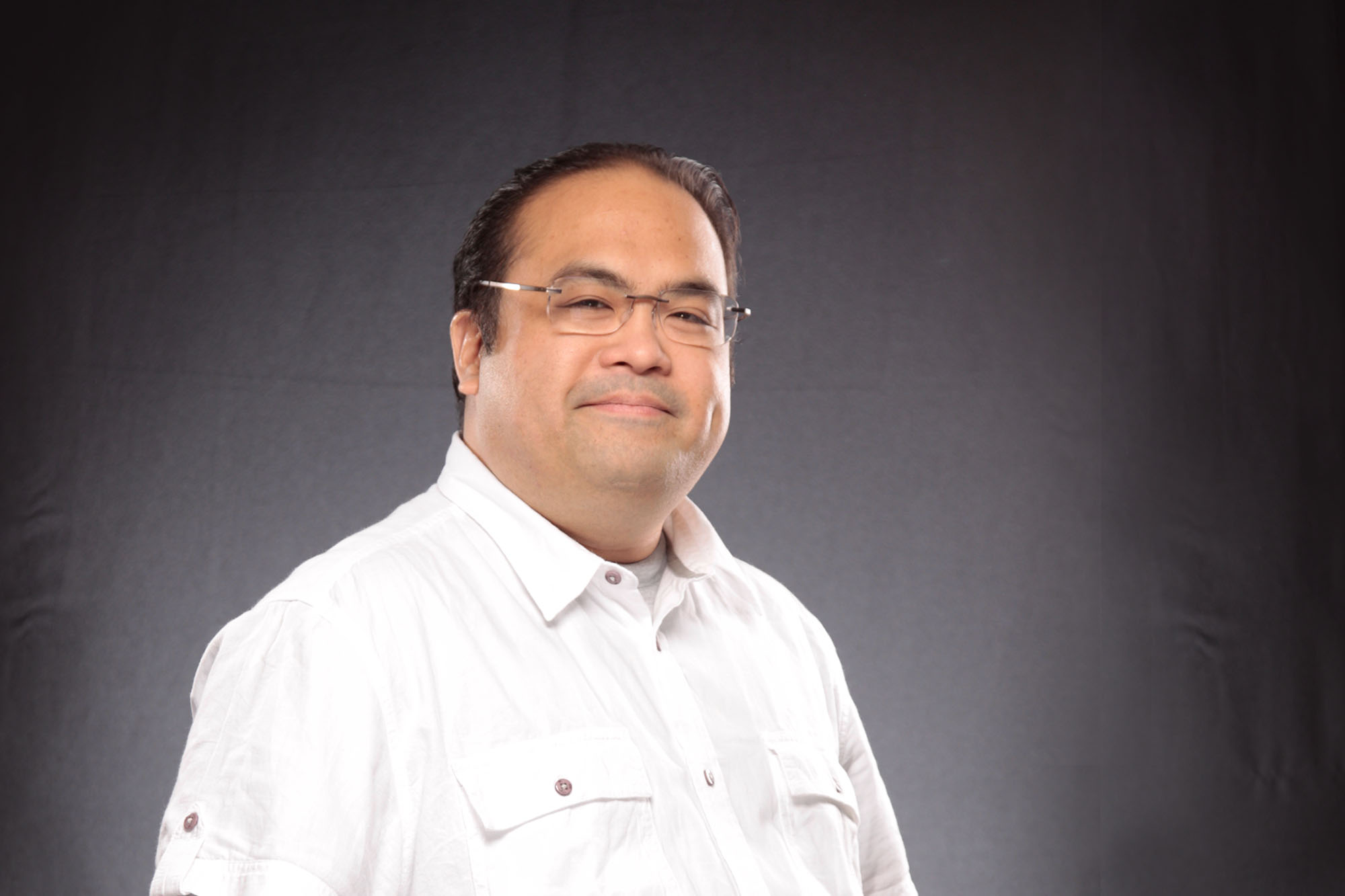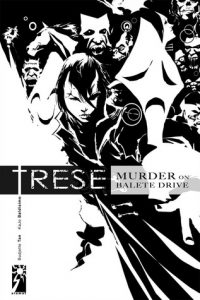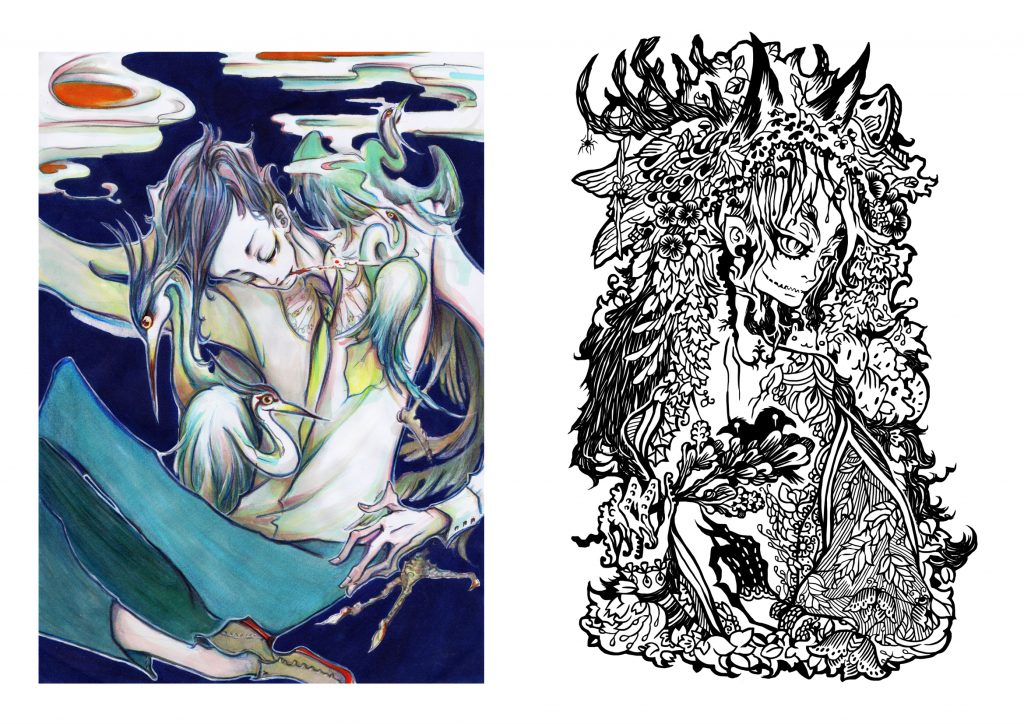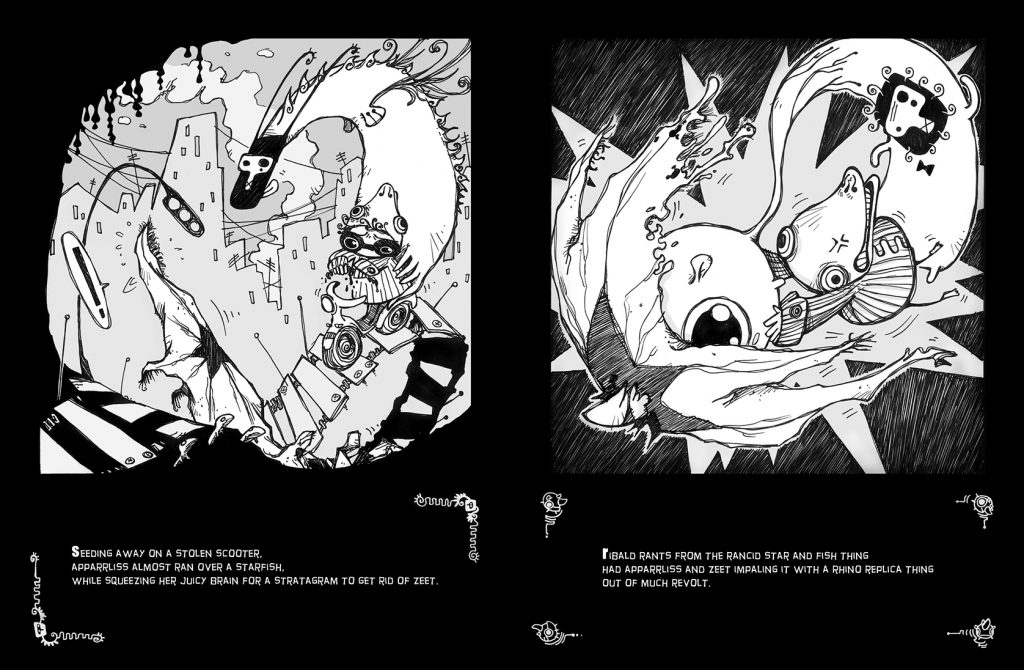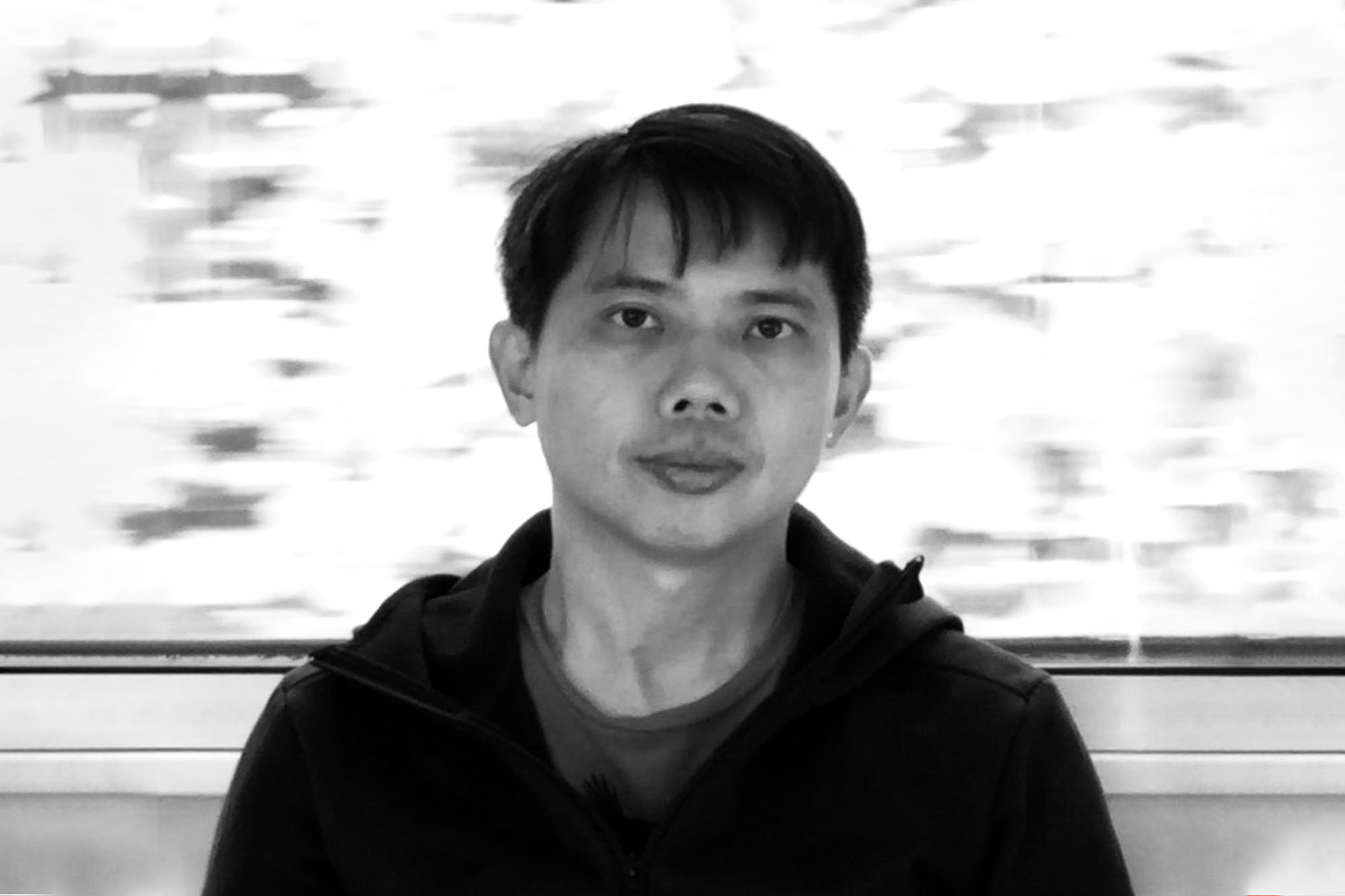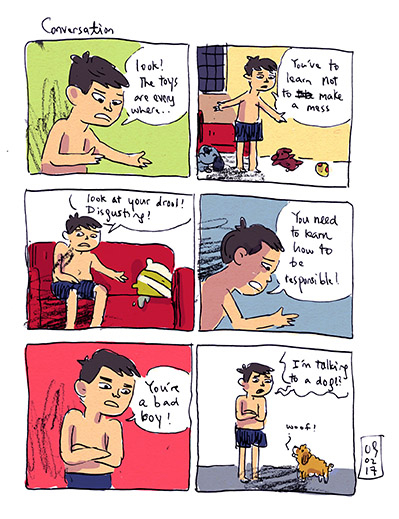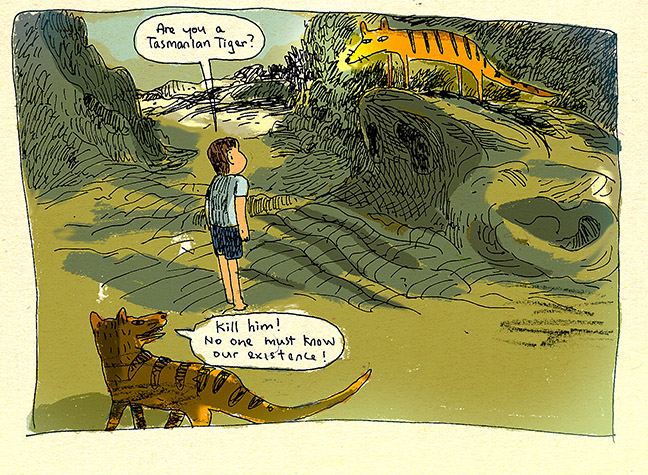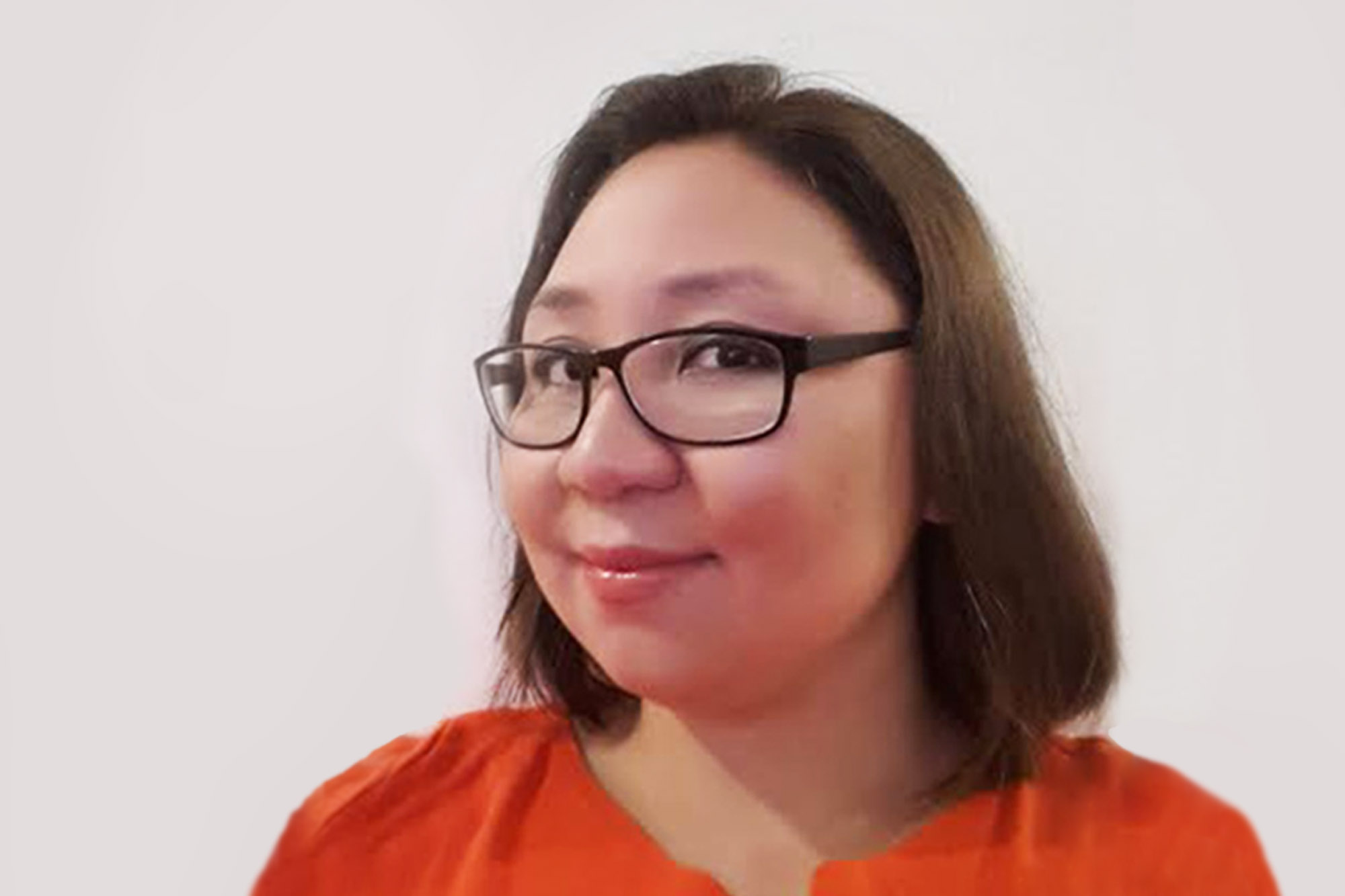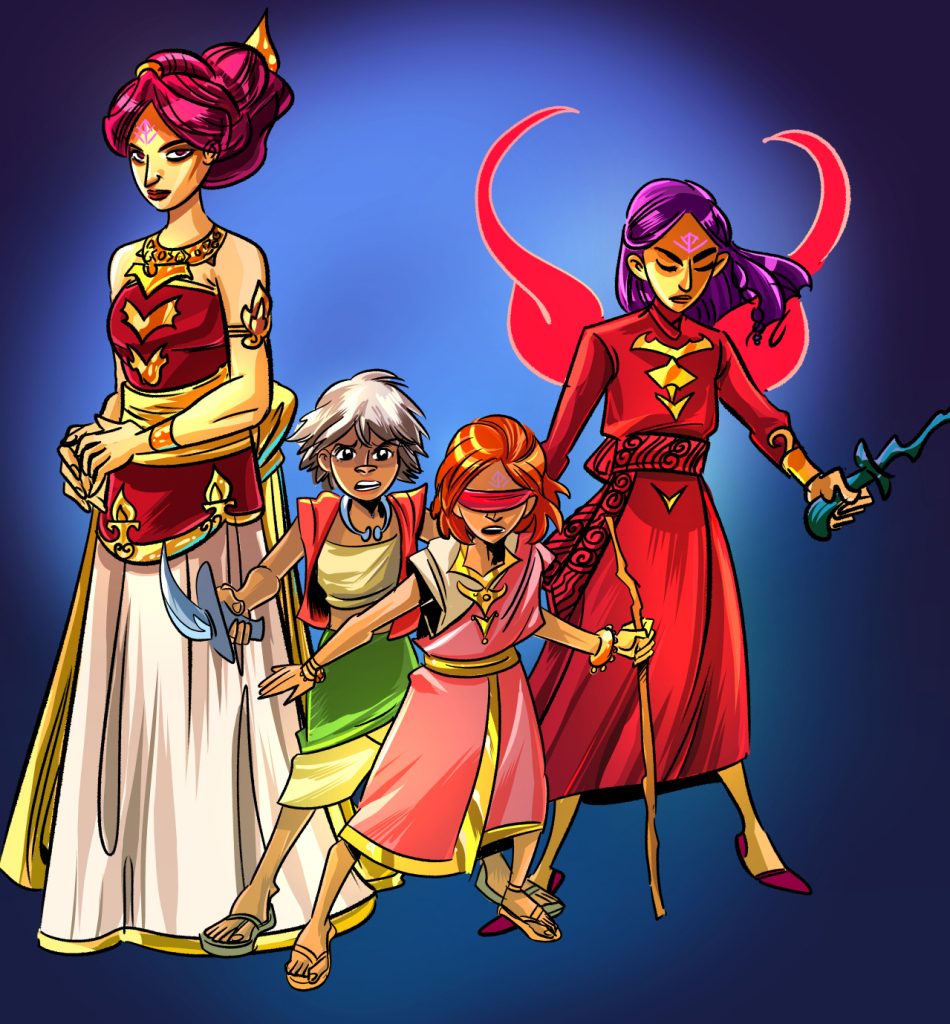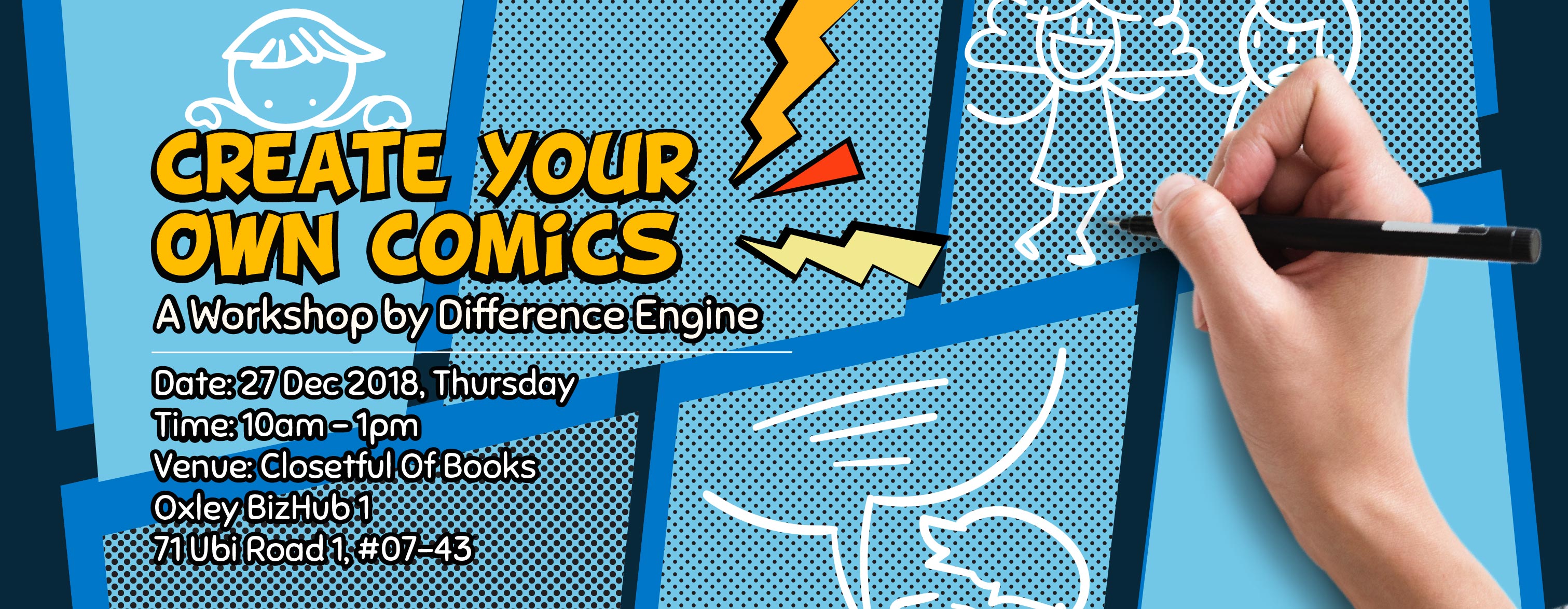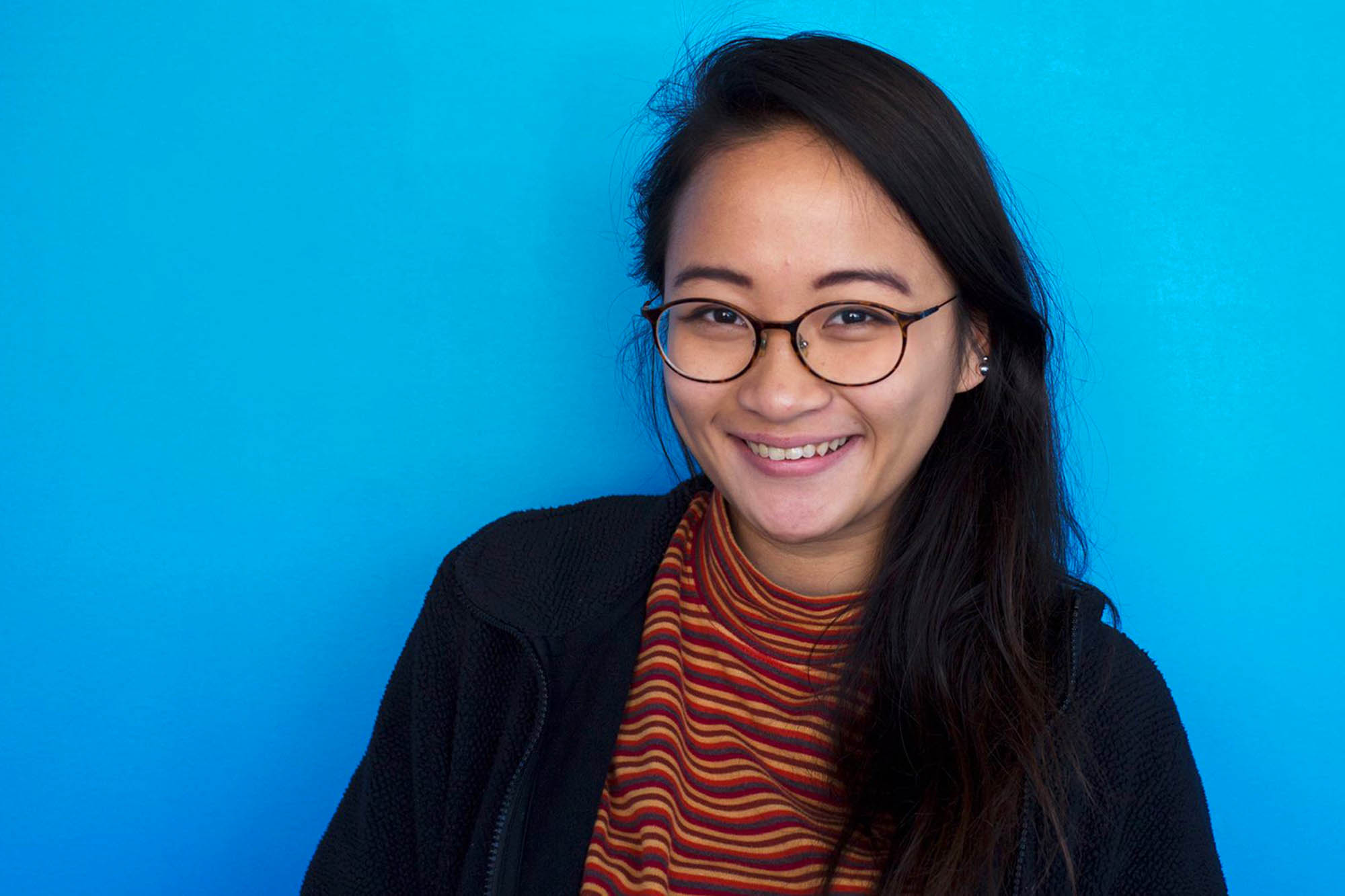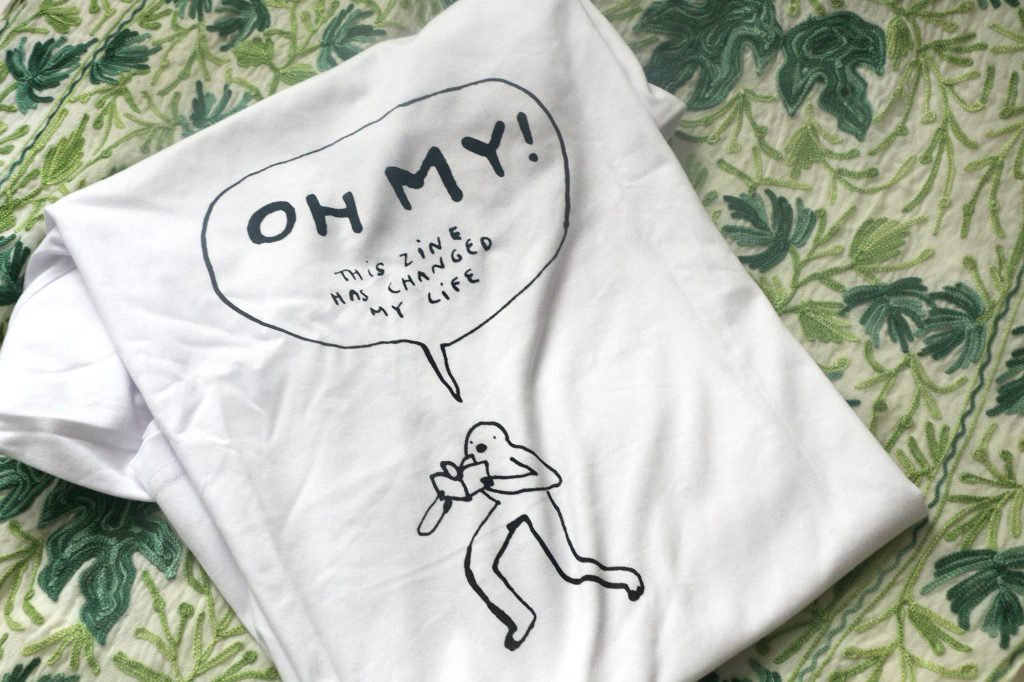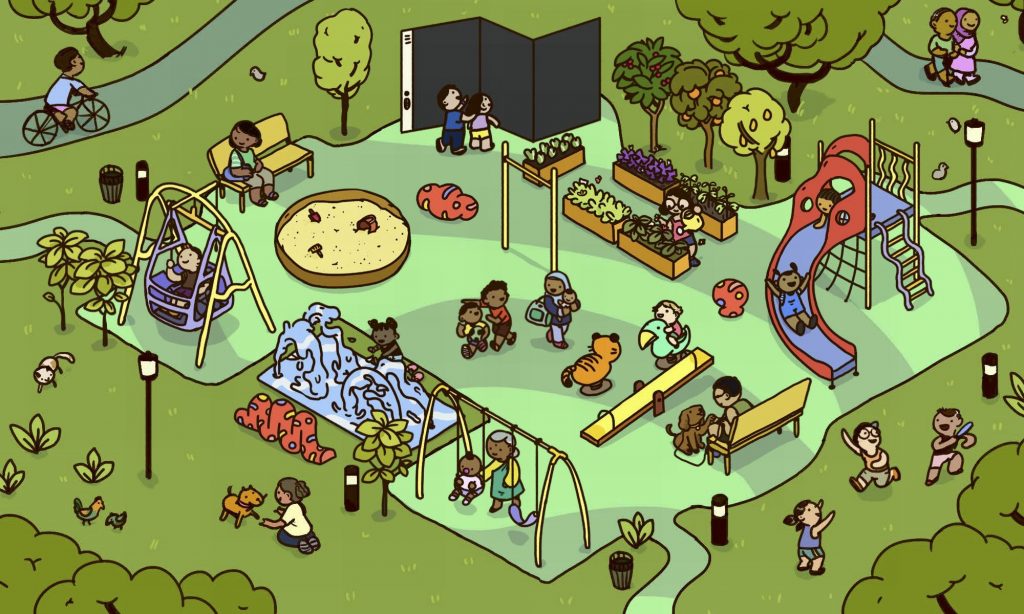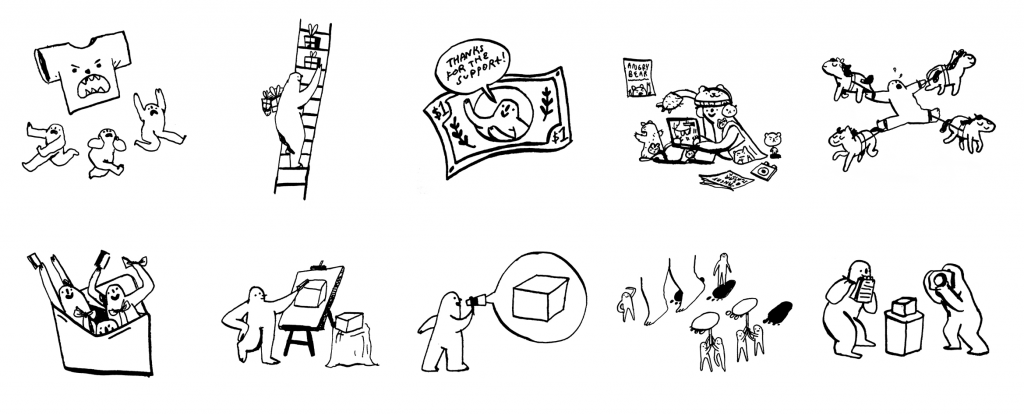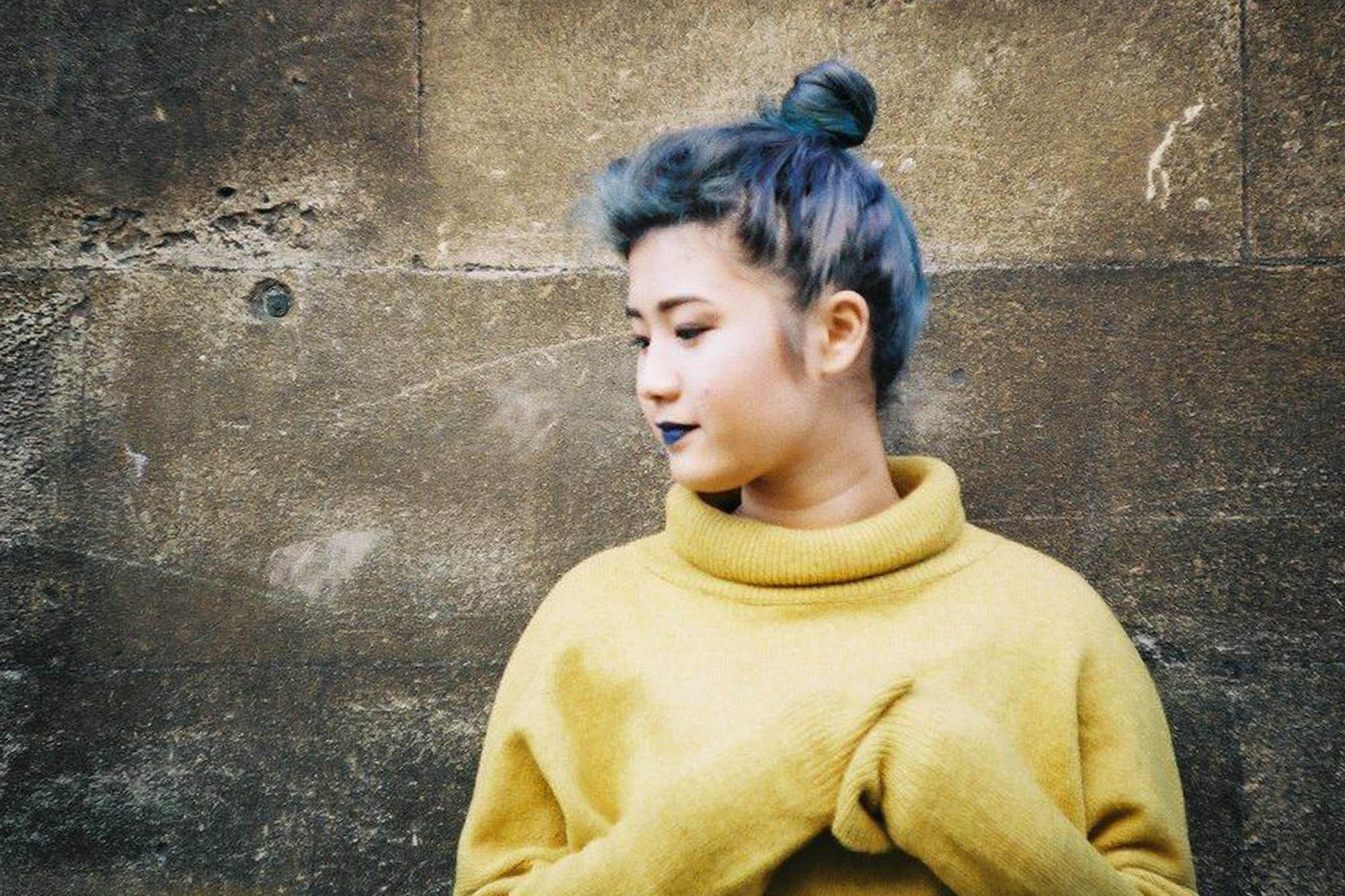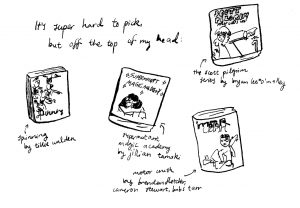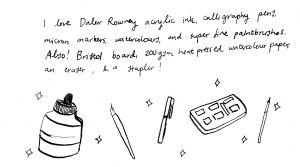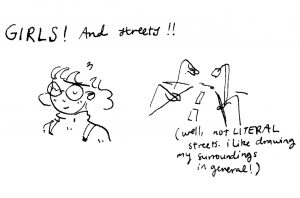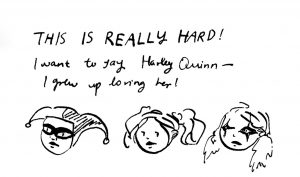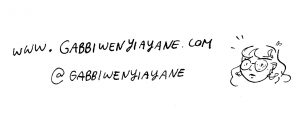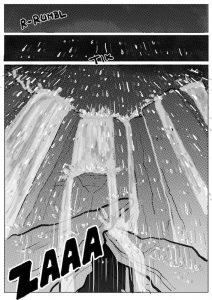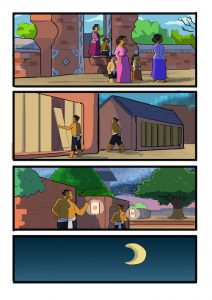Hailing from Jakarta, Indonesia, Jessica Leman and Johanes Park are the creator duo behind Magical Sweet Gula. Difference Engine chats with the husband-and-wife team about their experience working together, how their identities have informed the story and its themes, and what readers can look forward to as the series progresses!
DE: Congratulations, Jessica and Johanes, on the release of your comic!
J&J: Thank you!
DE: What is it like working in a husband-wife team? Which parts of the process would you consider “sweet” (good), and which parts would you consider “spicy” (challenging)?
J&J: The “spicy” parts were when we sometimes needed to sacrifice our after-work hours on weekdays to work on Gula. We consider this challenging because we each have our own problems and exhaustion from our workplaces. We didn’t have the luxury of time to relax and talk about our day at the office.
The “sweet” part is that we never run out of discussion topics and can research ideas, concepts, and references everyday. We play games, go to bookstores, watch movies together, and discuss them together.
DE: Besides being comic creators, both of you juggle full-time work – Jessica as a digital marketer, and Johanes as a university lecturer. How do you balance your time between your day jobs and your creative pursuits?
J&J: We’ve set a rule that we will develop our comic project for at least one hour per day. We’ve made it a habit. So we still have time to do pending things from work, or other tasks needed, and prevent things from piling up too much near the deadline.
DE: Magical Sweet Gula was originally conceptualised and self-published online in a webcomic format. What were some challenges both of you faced when trying to adapt the comic to a print format?
How does the change in publication format affect the storytelling aspect of Magical Sweet Gula, if at all?
J&J: We are glad Gula has finally been adapted into a print format. With webcomics, people usually encounter many distractions as they read them from a computer or smartphone. We tried not to bring up more serious topics in the webcomic format as it was intended for “short attention span content” — something funny and light. So to be honest, making Gula in a webcomic format was more challenging for us.
The other reason is because we are more familiar with printed formats. We have been used to reading manga since we were young.

DE: What would you say is the biggest difference between the Gula webcomic and the print comic book Magical Sweet Gula?
J&J: In the previous webcomic format, we were advised to feature cakes that are more “general”, for the readers’ benefit. We are glad to be able to realise our idea of using Indonesian sweets and snacks in this printed version of Gula.
The development of Gula and Yoga’s friendship is explained in more detail in the print comic book, which makes Gula’s character more “natural”. Gula is not a perfect girl who always has good behaviour and attitude. She can sometimes be angry at and disappointed in people.
DE: Magical Sweet Gula touches on some heavier themes like bullying and trying to fit in. Why was it important to you to ground Gula’s experiences in real-world issues and make it the heart of the comic?
Johanes: Magical Sweet Gula is actually my way of pouring out my feelings of alienation in my birth country and my parent’s country. Self-discovery is difficult for mixed-race and/or transnational children. It’s important because these kinds of people need to “create” (not to find) their own meaning, existence. We are disconnected from our ancestors, what we consider good or bad can be reversed in both countries, and it can be confusing even for adults.
The role of adults is also important (that’s why Miss Sacha is an influential character in this story) to understand and be able to guide these mixed race and/or transnational children on their journey to create their own meaning. That “journey” is the big theme of Magical Sweet Gula and it will be continue in the next volume.
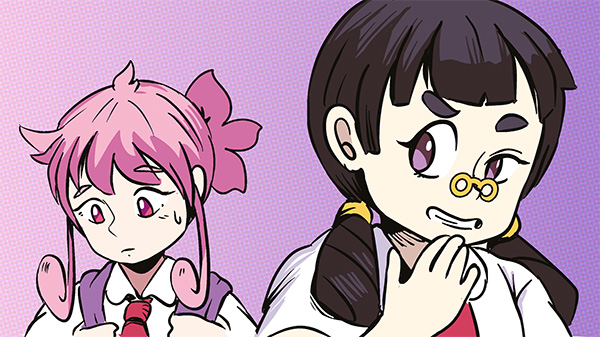
DE: Who is your favourite character in Magical Sweet Gula, and why?
Johanes: Sally, who also suffers because of her identity. The way she vents to other people is really relatable to me. I also like Yoga because I aspire to be more like him — not afraid of new things.
Jessica: Gula! I really feel for her when she needs to be considerate with other people. Also, I want full, fluffy, pink hair like her, haha.
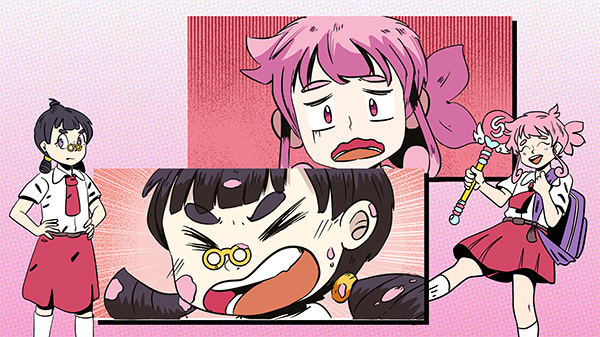
DE: The original Gula webcomic was published in Bahasa Indonesia, with many of the quips and snack recipes strongly influenced by Indonesian sweets and street food. The print version of the comic has been adapted to English to suit a more general audience.
Were there any concerns about how well the writing and snacks would translate to readers who may not be familiar with Indonesia?
J&J: We are currently growing up in a more global society and have sufficient technology literacy. Nowadays, when kids find something like an unfamiliar word their curiosity will immediately lead them to do a search in a search engine like Google — or so we hope. So we honestly do not really have any such concerns.
Secondly, we are proud of these Indonesian snacks and want to adopt the mentality of “This is good, you should know about this!”. If people are familiar with kimbap and onigiri because of K-dramas and manga, then people could become familiar with lemper and they can start learning about it from our comics. If people from other countries can be that confident about their food, why can’t Indonesians?
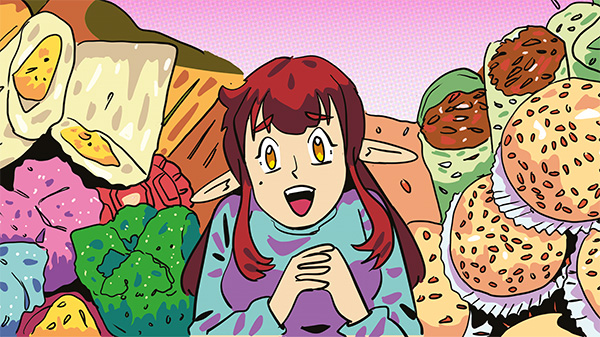
DE: Which of you is the bigger snack fiend, and what is their favourite snack?
Jessica: Jo is. He can’t live without his (minimum) two cups of coffee a day, with sweet accompaniments such as roti gambang, his favourite. He also likes banana chips.

DE: What is one snack/street food each of you really wanted to include in Magical Sweet Gula? Did it manage to make an appearance? (If not, will it be included in Volume 2?)
J&J: There are so many! Yes, we will try to include them in the next volume — clorot, lemper, rengginang, martabak, and so on.
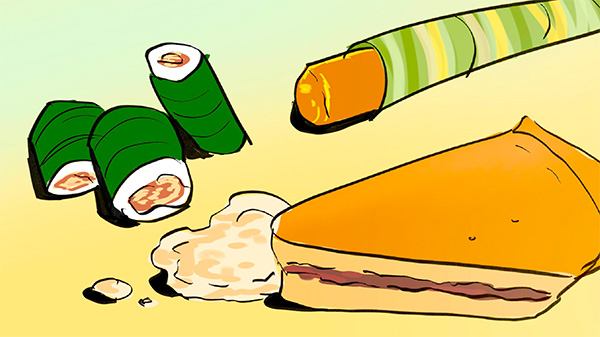
DE: If you were to describe your individual creative process as a street food snack, what would it be, and why?
Johanes: Lemper, which is a very common snack that appears at every occasion. Lemper can be considered a snack that could replace rice. You can eat it everyday. My creative process is just becoming a habit for me: I divide my projects into bite-sized parts and tackle them daily.
Jessica: Kue lapis. There are so many types of kue lapis: lapis legit, lapis surabaya, lapis bogor, and many more. You can’t eat them every day but when you eat them you probably will eat more than one slice. I am not as diligent as Jo; I slack off more often but when I start I tend to jump from one creative project to another in one go and sometimes back and forth.
DE: What other forms of media do you enjoy? If you could adapt Magical Sweet Gula to one other creative medium, what would it be and how would you want it to look?
J&J: We enjoy animation. We were big fans of Nickelodeon and Cartoon Network series, like Hey Arnold! or The Wild Thornberrys. Or for more recent references, it would be nice if an animated adaptation of Gula looks like Scott Pilgrim Takes Off, the new animated series on Netflix.
DE: If you could give Magical Sweet Gula to anyone in the world, who would it be, and why?
Johanes: Bryan Lee O’Malley, Gene Luen Yang, Henry Jenkins, Fukuchi Tsubasa (The Law of Ueki), all of whom inspired me to make the Magical Sweet Gula graphic novel.
I also wish I could give it to my late teacher Prof. Sapardi Djoko Damono who taught me and expanded my knowledge during my graduate study, my late father Park Byung Sup, and my biggest inspiration Osamu Tezuka.
And all the children of mixed parentage all over the world, of course!
DE: Finally, would you rather be born a Terran or Magi in the world of Magical Sweet Gula? Why? (If you answered Magi, what magical abilities would you want to have?)
Johanes: It doesn’t really matter, but I love the way we are now. I prefer to be like Gula — half Terran, and half Magi.
DE: Are there any tidbits or sneak peeks you can share with your readers for the next volume of Magical Sweet Gula?
J&J: After the development of Gula and Yoga’s relationship, there will be a development between Gula and Sally. While in the first book they seem to be on different sides, they actually have the most in common — more than Gula does with any other character in the story, even Yoga.
Also, you can look forward to Gula showing off her growth and new magical powers!

Get your copy of Magical Sweet Gula via our webstore or via our retail partners listed here!


